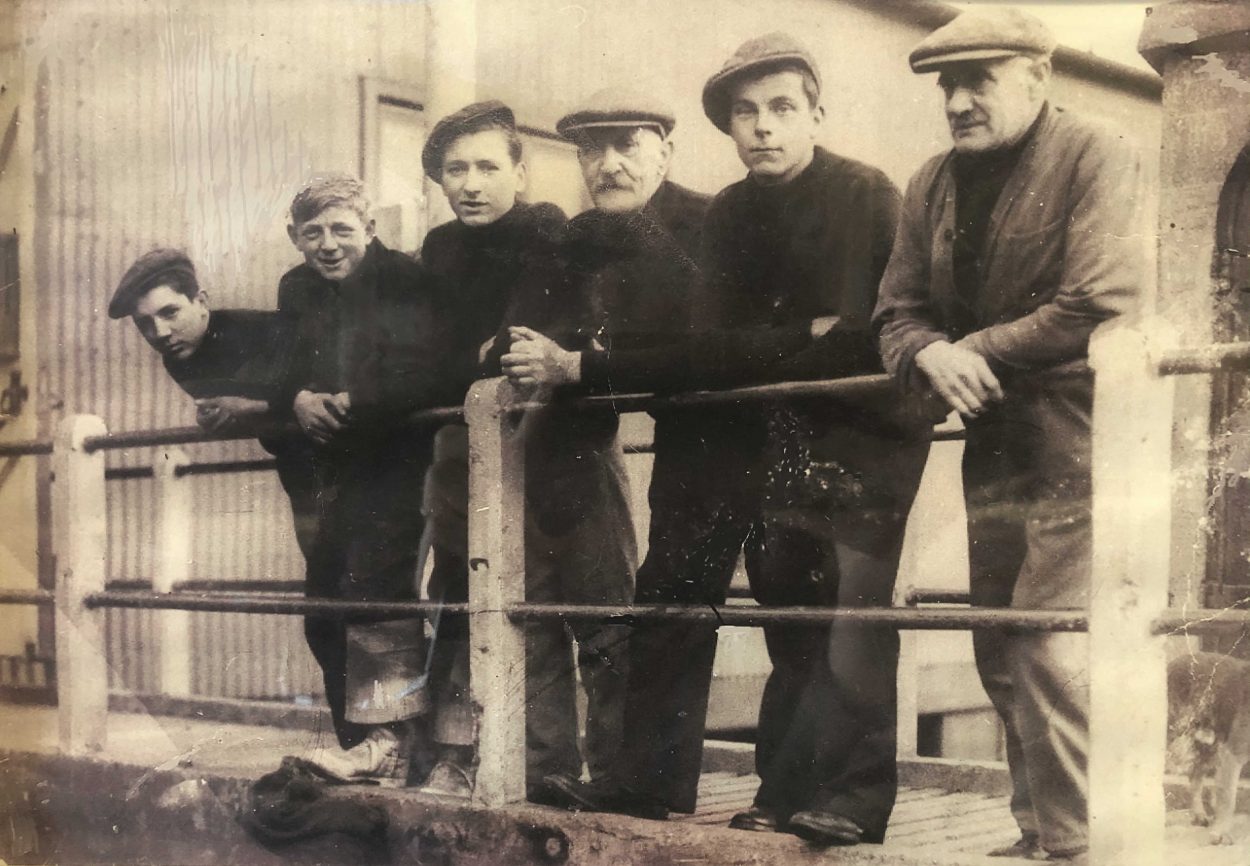Published
The youngest lifeboat crew rescue airmen
A story from the past via the Whitby Lifeboat Museum.
The museum is at the end of Pier Road just past the arcades in the old Whitby lifeboat station. The station was one of the first, established in 1802. It was taken over by the Royal National Lifeboat Institution (RNLI) after the 1861 lifeboat disaster which resulted in the tragic loss of 12 from a crew of 13. The station was closed and turned in to a museum in 1957 and was temporarily brought back in to service in 2005 while Whitby’s existing station was demolished and rebuilt.
YOUNGEST EVER LIFEBOAT CREW RESCUE AIRMEN
25th March 1942
At 10.55 am, a telephone message was sent to the lifeboat station from H.M. Coastguard stating that an aircraft was down in the sea 1 mile off Sandsend and that the lifeboat was
requested to launch immediately.
The Motor Mechanic Jim Philpott realised that all of the regular crew were at sea fishing, and after the maroons were fired, he subsequently managed to find a retired Coxswain Thomas Welham (71), and mustered 5 more crew who were all just 16 years old.
The lifeboat proceeded to sea in patchy fog and soon found traces of oil on the water. Eventually, after a short search, the lifeboat located a rubber dinghy with four aircrew inside.
The airmen were taken aboard the lifeboat suffering from head wounds and one a leg injury.
All were landed at the fish quay about 30 minutes later and transferred to Whitby Hospital.
The Aircraft was a Lockheed Hudson of the R.A.F. which had earlier sunk.
The photograph below shows, left to right:
F. Russell, P. Storr, T. Lewis, Cox T. Welham, R. Russell, J. Philpott
A photo of R. Murfield is not available.
Each man (and boy) received 19 shillings (95p) for their services.
The Pilot expressed gratitude to the lifeboat crew, and also his surprise at the speed of their rescue.

